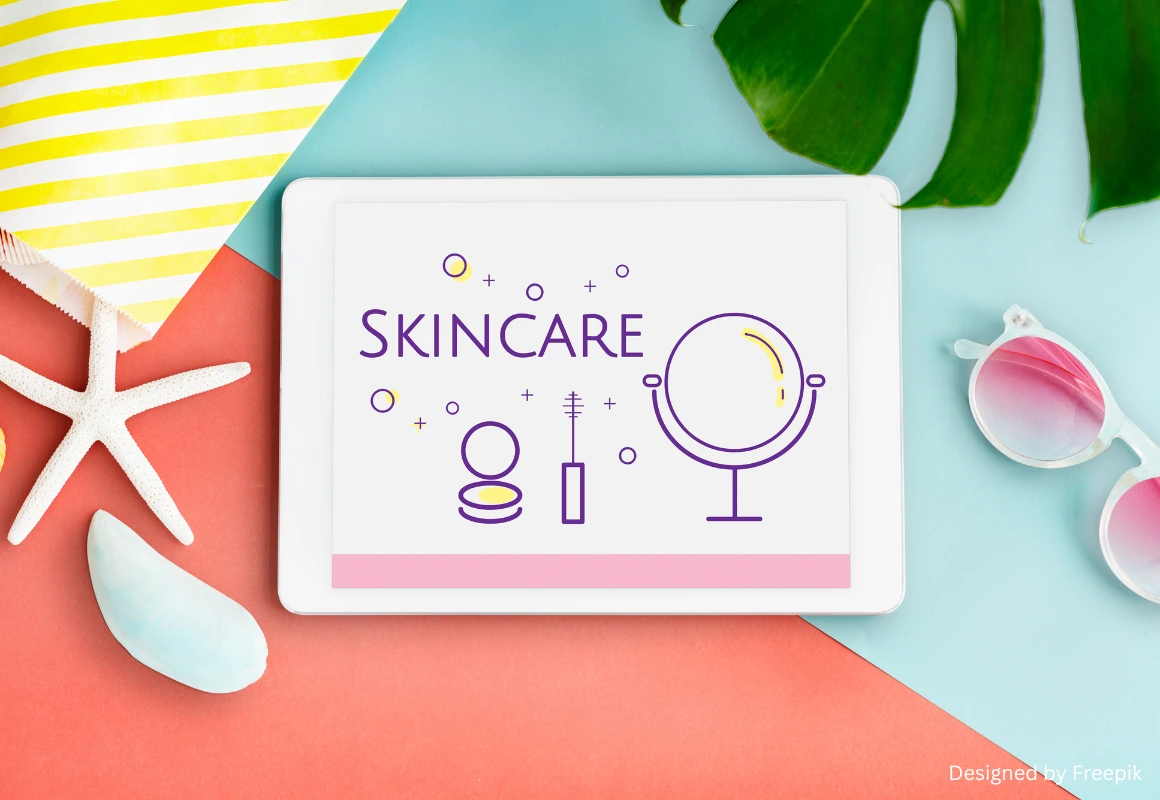Sunlight and Your Skin Friend or Foe Everything You Need to Know

What is sunlight, and why should we care?
Sunlight is energy from the sun that travels to Earth as electromagnetic waves. It consists of different wavelengths:
● Visible light: Allows us to see.
● Infrared (IR) rays: Provide warmth to the Earth.
● Ultraviolet (UV) rays: Invisible but have significant impacts on our skin.
Sunlight plays a vital role in ecosystems and human life. It enables plants to produce food via photosynthesis, helps our body synthesize vitamin D, and stimulates the “happiness hormone” serotonin, explaining why many people feel refreshed when exposed to gentle morning sunlight.
However, sunlight is a double-edged sword. Excessive or prolonged exposure can cause skin deterioration, wrinkles, dark spots, melasma, sunburn, and increase the risk of skin cancer.
This article will take you through 7 key topics about sunlight’s effects on skin, covering both benefits and harms, plus essential protection tips to keep your skin healthy, confident, and safe outdoors.
What is UV radiation and how does it affect the skin?
UV (Ultraviolet) radiation is part of sunlight with shorter wavelengths than visible light, divided into three main types:
🔹 UVA (320-400 nm)
● Accounts for 95% of UV rays reaching the Earth’s surface.
● Penetrates deep into the dermis, where collagen and elastin reside.
● Causes deep skin damage, leading to premature aging, wrinkles, sagging, dryness, and stimulates melanin production, resulting in melasma, freckles, and dark spots.
● Can penetrate glass, harming your skin even indoors, in cars, or near windows.
🔹 UVB (290-320 nm)
● Only 5% of UV rays reaching the surface but highly energetic.
● Damages the epidermis, causing sunburns, redness, and peeling.
● Main cause of skin darkening, melasma, freckles, and uneven skin tone.
● Major factor in increasing skin cancer risk by damaging DNA in skin cells.
🔹 UVC (100-290 nm)
● Highest energy UV rays, but fortunately completely absorbed by the ozone layer before reaching Earth.
● If the ozone were damaged, UVC would be extremely dangerous to all life forms.
Summary: UVA = aging, UVB = burning + skin cancer. Both accelerate skin damage far beyond natural aging.
Sunlight and Vitamin D: An essential benefit
Despite fears of sun exposure, our bodies need sunlight to produce vitamin D:
● When UVB rays hit the skin, cholesterol under the skin converts into vitamin D.
● Vitamin D is crucial for absorbing calcium and phosphorus, strengthening bones and teeth.
● Prevents osteoporosis in adults and rickets in children, and plays a role in immune function.
● Research suggests vitamin D also reduces risks of heart disease, certain cancers, and depression.
How long should you get sunlight?
● Experts recommend 5-15 minutes per day, in the morning or late afternoon, depending on skin color and region.
● Avoid exposure from noon to early afternoon when UVB is strongest and can do more harm than good.
⚠️ Note: While sunlight is needed for vitamin D synthesis, it should not be used as an excuse to sunbathe without protection.
Harmful effects of sunlight: Sunburn, melasma, freckles, dark spots
☀️ Sunburn
● Caused by UVB damaging the epidermis, leading to redness, pain, heat, and peeling.
● Symptoms start 2-6 hours after exposure, peak at 12-24 hours.
● Severe cases can cause blistering, headache, nausea, requiring medical attention.
☀️ Melasma
● Triggered by UV stimulating melanocyte cells to overproduce melanin.
● Appears as brown or grayish patches, usually on the cheeks, forehead, nose, and upper lip.
● Difficult to treat and often recurs if sun protection is neglected.
☀️ Freckles
● Small light to dark brown spots caused by melanin clustering.
● Common in people with fair skin or genetic predisposition, but sun exposure darkens them further.
☀️ Dark spots and uneven skin tone
● Sunlight stimulates excess melanin production in certain areas, leading to dull, uneven skin.
● Dark spots can stem from acne scars that darken further if unprotected, becoming permanent.
Sunlight and premature aging (Photoaging)
Sunlight is the leading cause of premature aging (photoaging) beyond natural chronological aging:
● UVA damages collagen and elastin fibers in the dermis.
● Results in structural deterioration, sagging, and loss of firmness.
● Causes deep wrinkles, especially around the eyes, forehead, and smile lines.
● Skin loses elasticity, becomes dry, thickened, and develops age spots / sun spots (lentigines).
📊 Research in France found that people who consistently protect their skin from the sun have 24% fewer wrinkles and dark spots than those who neglect sunscreen.
Sunlight and skin cancer: A risk not to ignore
UV rays, particularly UVA and UVB, can damage DNA in skin cells, leading to mutations and skin cancer, categorized as:
🔹 Basal Cell Carcinoma (BCC)
● Most common skin cancer.
● Often appears on sun-exposed areas like the face, nose, neck, and ears.
● Looks like a small, translucent bump or flesh-colored growth, grows slowly and is usually painless.
🔹 Squamous Cell Carcinoma (SCC)
● Common in people with constant sun exposure, such as farmers or construction workers.
● Appears as persistent bumps or wounds that enlarge rapidly and can invade surrounding tissues.
🔹 Melanoma
● Most severe form, though rare in Asia.
● Often starts as an existing mole that changes in color, size, or shape.
● Can quickly spread to internal organs if not detected early.
Fact: Although skin cancer is less common in Thailand than in Western countries, cases are rising yearly due to unprotected outdoor activities.
How to protect your skin from the sun correctly
✔️ Apply sunscreen daily
● Choose SPF 30-50 with PA+++ or higher. For outdoor activities, use water-resistant formulas.
✔️ Reapply every 2-3 hours
● Especially after sweating or swimming.
✔️ Wear protective clothing
● Dark long sleeves, wide-brimmed hats, and sunglasses provide better UVA and UVB protection than light-colored clothes.
✔️ Avoid strong sunlight between 10 AM - 2 PM.
✔️ Soothe your skin after sun exposure
● Use after-sun products or aloe vera gel to calm inflammation and aid recovery.
✔️ Eat antioxidant-rich foods
● Tomatoes, berries, carrots, oranges strengthen your skin’s natural defense from within.
✔️ Regularly check your moles and skin spots
● Seek a dermatologist if you notice changes.
Sunlight: Both friend and foe
Sunlight is essential for life but can severely damage the skin without proper protection. Balancing vitamin D intake and UV safety is key to keeping your skin healthy, youthful, and reducing your long-term risk of skin cancer.
● World Health Organization. Ultraviolet Radiation and the INTERSUN Programme. https://www.who.int/uv
● American Cancer Society. Skin Cancer Facts. https://www.cancer.org/cancer/skin-cancer.html
● Holick MF. Vitamin D Deficiency. N Engl J Med. 2007;357(3):266-281.
● Narayanan DL, Saladi RN, Fox JL. Ultraviolet radiation and skin cancer. Int J Dermatol. 2010;49(9):978-986.
● Fisher GJ et al. Mechanisms of Photoaging and Chronological Skin Aging. Arch Dermatol. 2002;138(11):1462-1470.
● Kullavanijaya P, Lim HW. Photoprotection. J Am Acad Dermatol. 2005;52(6):937-958.
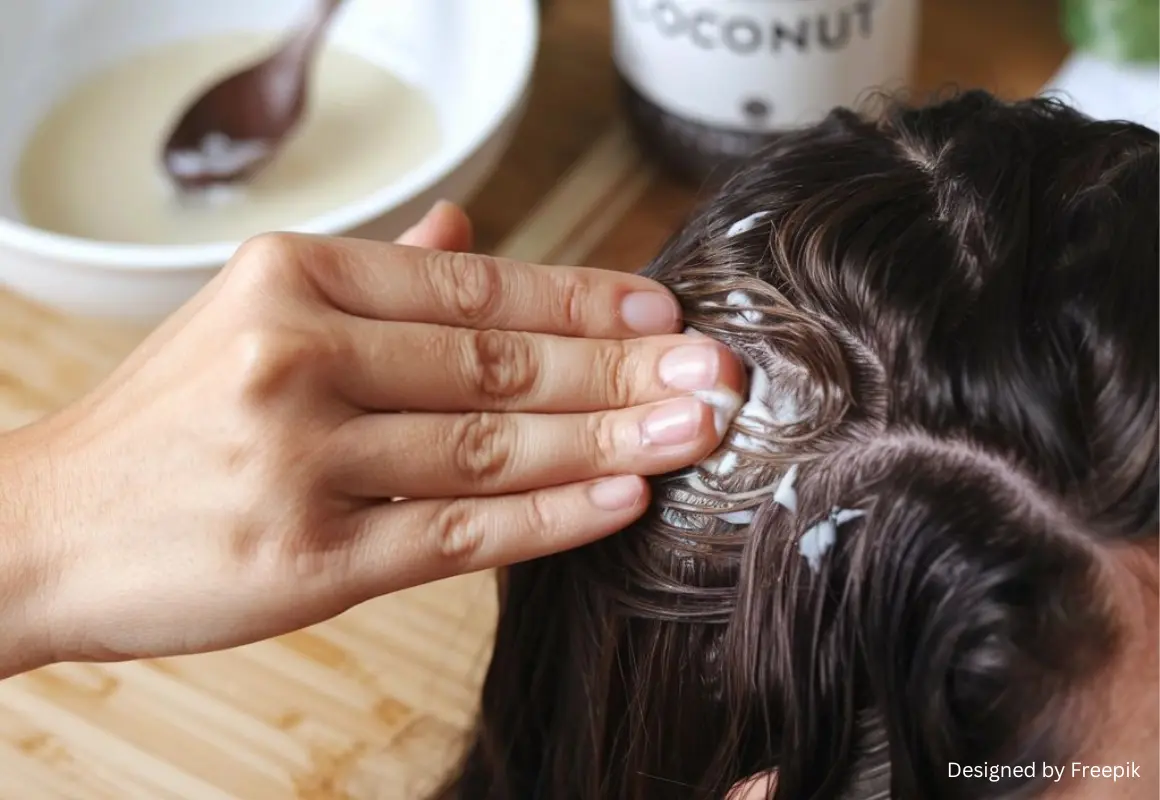
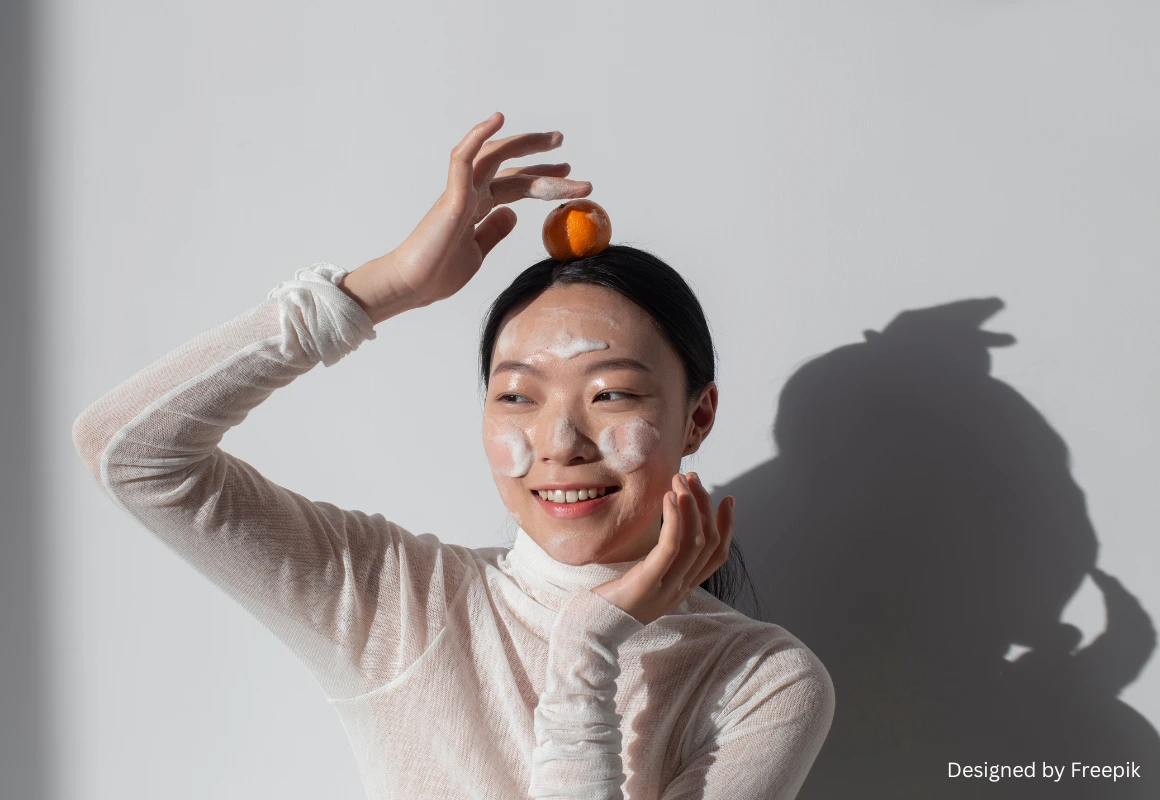
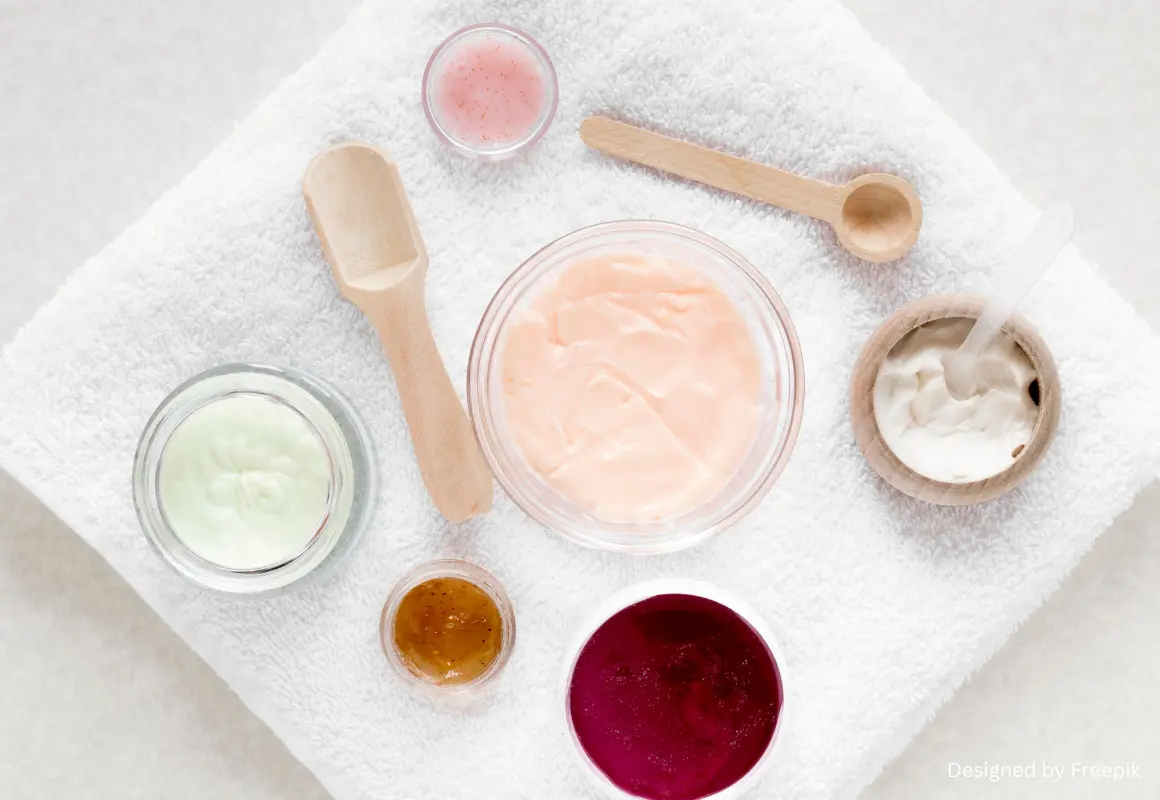
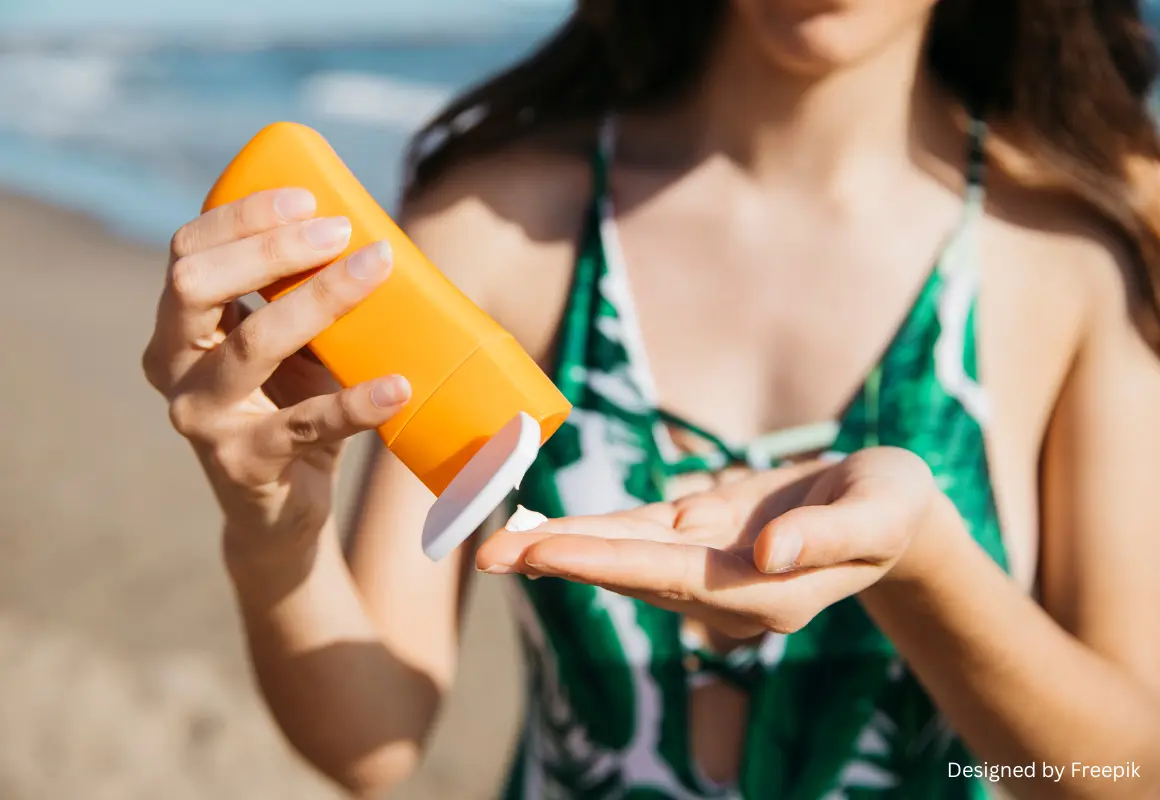


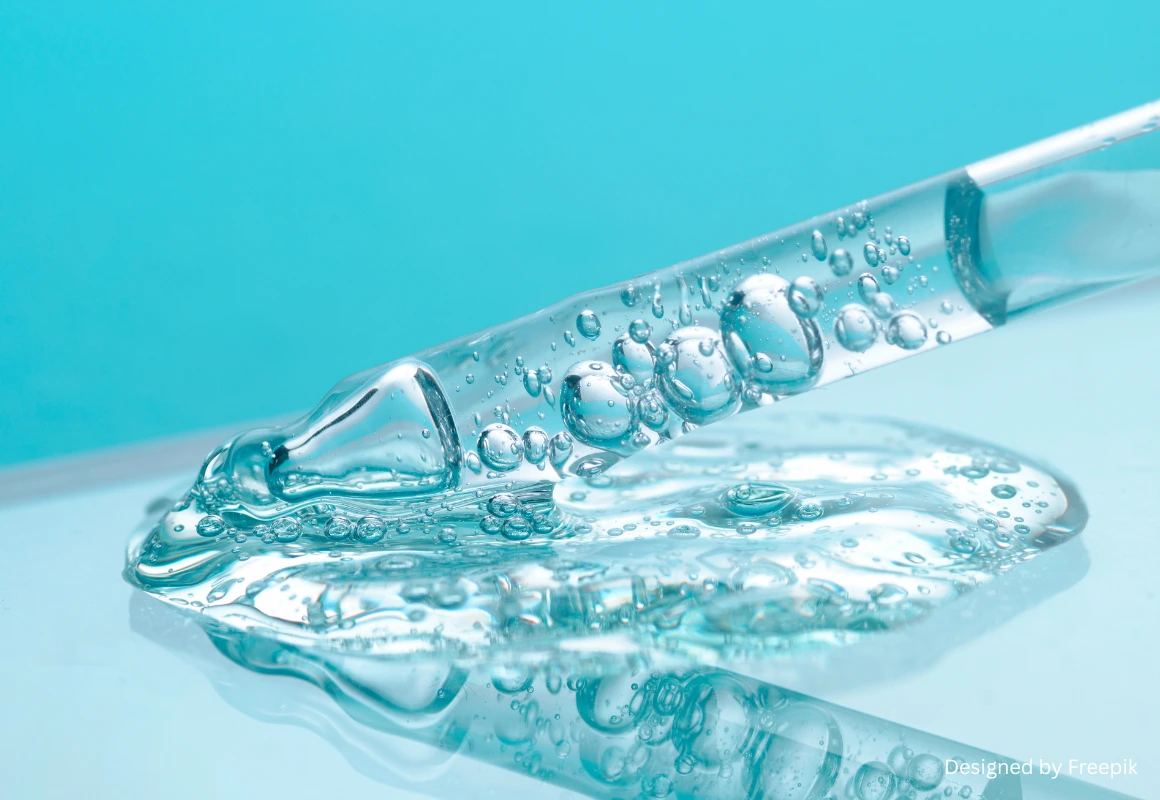
.webp)

